Scholars, philosophers, and even archeologists have often referred to Egypt as the cradle of civilization. However, some might argue that Egypt is not the cradle of civilization; one can not deny that the ancient Egyptian society at its peak led the world in many innovations. Of all Egyptian designs, the Egyptian alphabets, also known as hieroglyphics, are probably the most advanced and the most sophisticated. Though the use of these alphabets stopped when the Roman emperor Theodosius ordered the closure of all Non-Christian temples, archeologists, through these alphabets, have discovered enough writings to uncover a whole new world of the ancient Egyptian society. In this article, we shall discuss the origin of the ancient Egyptian alphabets, its developments, its uses, and also iconic Ancient Egyptian writers and the significance of these Hieroglyphics to Ancient Egyptian Art.

Origin of Ancient Egyptian Letters (Hieroglyphics):
Egyptian Hieroglyphics are one of the first writing systems in the world. Dating back to around 4000 years ago in the early bronze age, these alphabets have evolved from preliterate artistic Egyptian drawings of this period.
Though some archeologists and historians argue that the Egyptian language might have originated from early Sumerian writing systems, there is no evidence to support this. Therefore the most probable hypothesis is that these alphabets were developed independently.
These Egyptian letters, which consist of logographic, syllabic, and alphabetic elements, are the origin of many contemporary writing systems such as Cyrillic, Latin, and even the Arabic writing systems.
With the Hieroglyphics getting more and more integrated into the Egyptian culture, the need for simpler and more efficient alphabets increased. This led to the formation of the hieratic and demotic scripts. These scripts were a simplified version of the glyphs symbols, and there were also better suited for papyrus and other daily activities. The original Hieroglyphics were still extensively used in monumental and other formal forms of writing.
After the ancient Egyptian empire fell to the Romans, fewer people could write and decipher the Egyptian Hieroglyphics due to the changes in culture and traditions the Romans brought with them. By AD 391, emperor Theodosius of the roman empire ordered the closure of all non-christian temples. After this order, the use of the Egyptian Hieroglyphics ceased, and the knowledge was lost for about 1500 years.

Usage of the Egyptian Letters
Everything in Ancient Egypt, ranging from science, art, and even politics, was robed around religion, so it is no surprise that the Ancient Egyptian letters also played a significant role in their faith and worship. The word Hieroglyph literarily means Sacred Carvings.
Egyptians believed names written Hierogypjes to have in to have great magical powers.
Therefore they engraved these pictorial representations on pretty much everything, from temple walls to ancient cultic materials such as rituals basins, jugs, pots, knives,
etc.
A name written in hieroglyphics was deemed significant to a person's identity and spiritual essence; therefore, it was considered bad luck if a person's identity was lost.
This explains why hieroglyphic engravings are often extensively used in tombs and grave seals. After an emperor's death, his name inscriptions were usually removed by their successors to prevent the dead emperor's interference in the new reign. These letters were also used to cast magic spells These pictorial writings were also engraved on papyrus sheets, wooden boards covered with a stucco wash, and even jewelry.
Another important thing the ancient Egyptians used their letters was to record notable events in the government of the society at large. Through these letters, Egyptian writers preserved information about their religion, government, and community. Some of this information is still available today.

Ancient Egyptian Writers
Egypt also produces some of the most reputable and brilliant writers of the ancient world. These writers were able to influence the people and the political systems of the society with their writings. Although only about one percent of the old Egyptian population was literate, the literate class known as the scribes perform a significant role in the king's court. They formed a very crucial part of the political and religious institutions of ancient Egypt. A brief history of some of these writers is given below.
-
Amenemope: Amenemope was an Egyptian writer who lived in Egypt during the 20th dynasty of the new kingdom. He resided in the ancient city of Ipu. One of his famous writings, The instructions of Amenemope, written in the Ramesside period, is 30 chaptered instructions of a father to his son, telling his son how to live a righteous moral, and fulfilled life. He is regarded as of the most famouswriters of ancient Egypt.
-
Apollonius of Egypt: Apollonius was a brilliant writer who was reputed for his wiliness to listen to opposing ideas. He was referred to by Theophilus of Antioch as an authority respecting various opinions upon the world's age.
-
Kaaper: Like all other scribes that served in the Egyptian royal court, Kaaper helped the king keep records of the things happening in the kingdom. However, today Kaaper is widely known for his famous wooded statue.
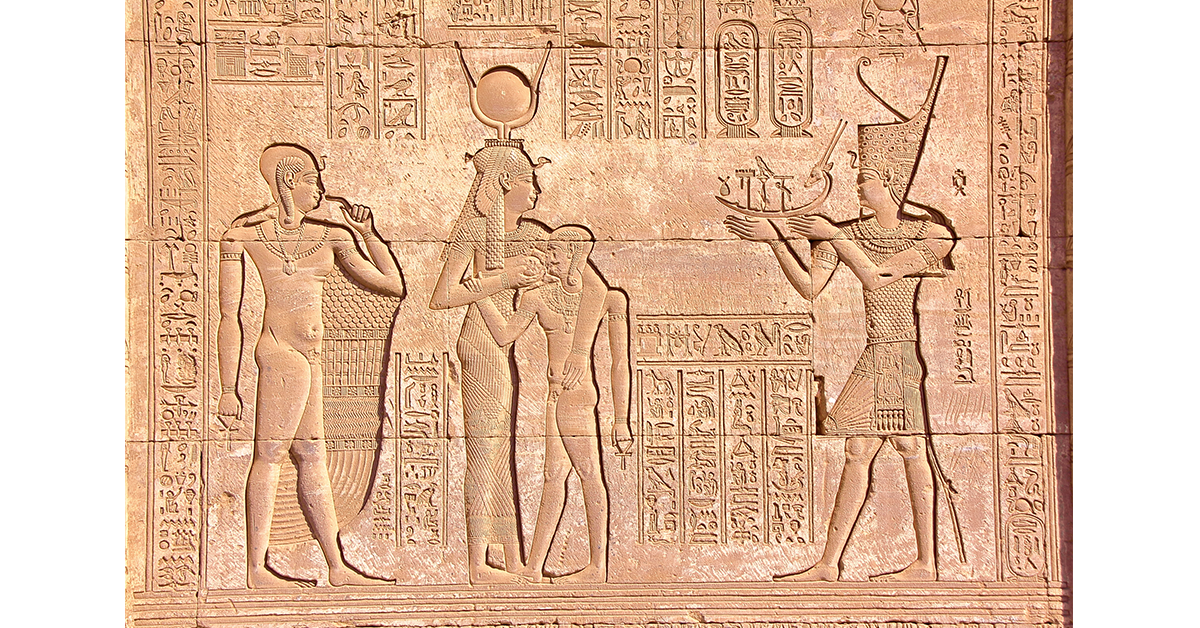


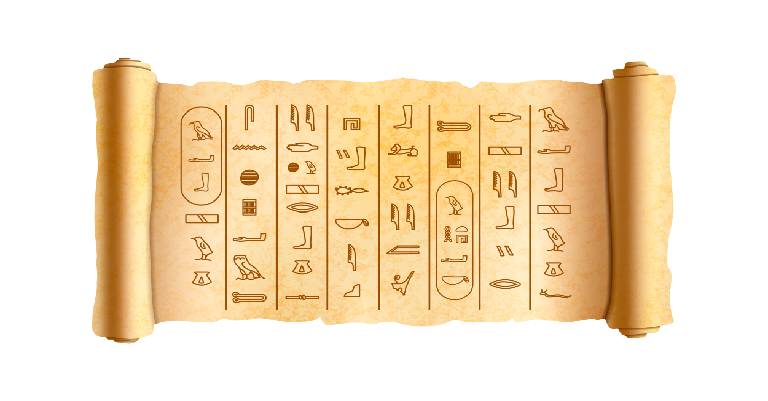
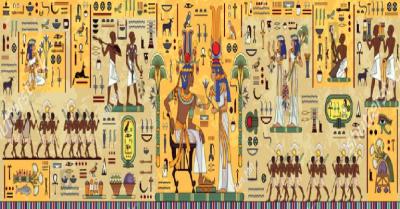
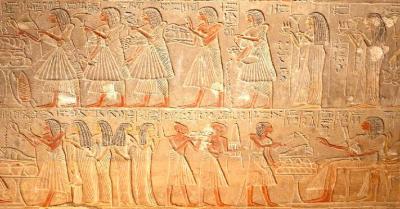

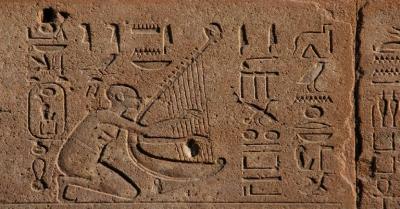

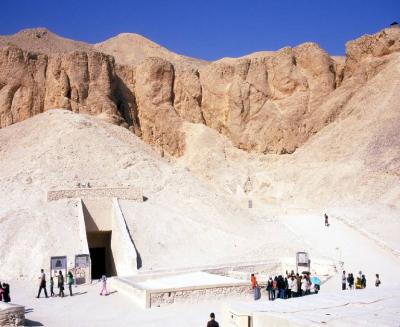
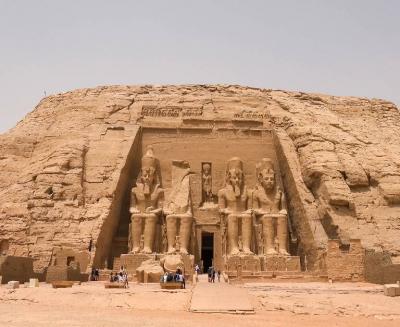
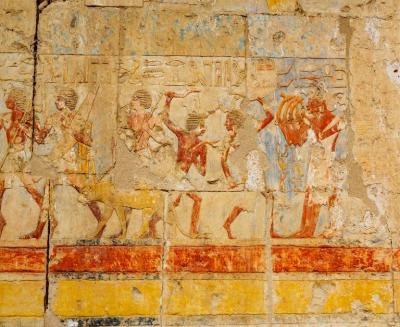

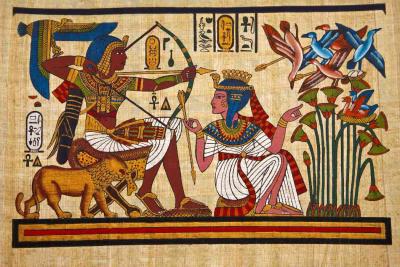
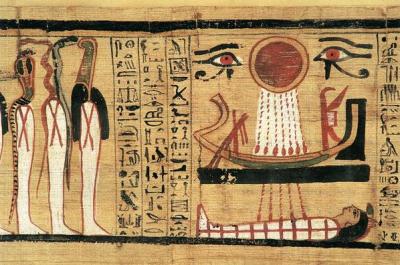
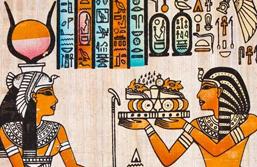
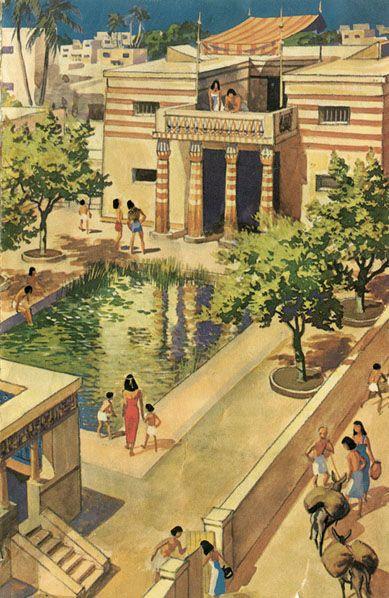
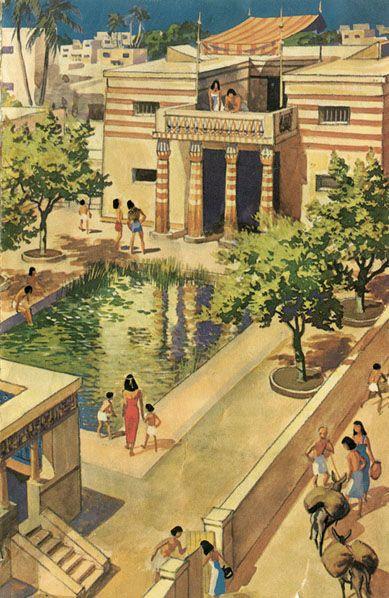





Comments